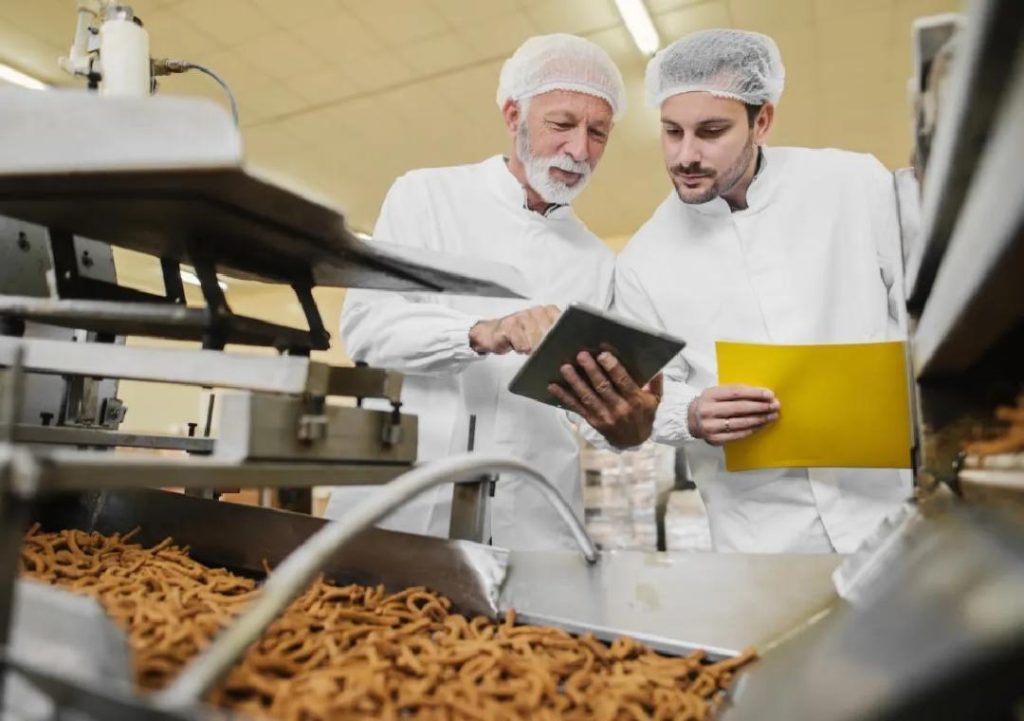
Can P&L Optimisation Redefine Success in Food Technology?
The food technology industry is a dynamic and competitive space, with companies constantly striving to stay ahead of the curve and deliver exceptional products to customers. One key area where companies can gain a competitive edge is through profit and loss (P&L) optimisation. By streamlining P&L operations, food technology businesses can improve profitability, reduce waste, and make better decisions.
In recent years, the industry has witnessed a significant shift towards P&L optimisation, driven by advancements in automation, smart inventory systems, and data analytics. These tools have enabled companies to cut waste, sharpen demand forecasting, and support better decision-making. In this blog post, we’ll explore how P&L optimisation can redefine success in food technology and examine the strategies that companies are using to achieve it.
The Importance of P&L Optimisation
P&L optimisation is a crucial aspect of any business, as it enables companies to understand their financial performance and make informed decisions. In the food technology industry, P&L optimisation is particularly important due to the high costs associated with raw materials, manufacturing, and distribution. By streamlining P&L operations, companies can identify areas of waste and inefficiency, and take corrective action to improve profitability.
There are several key benefits to P&L optimisation in food technology. Firstly, it enables companies to reduce waste and improve supply chain efficiency. By leveraging automation and smart inventory systems, companies can track inventory levels in real-time, reducing the risk of stockouts and overstocking. This approach also helps companies to identify and address any bottlenecks in the supply chain, ensuring that products are delivered to customers on time and in full.
Secondly, P&L optimisation enables companies to improve demand forecasting and inventory planning. By leveraging data analytics and machine learning algorithms, companies can predict demand more accurately, reducing the risk of inventory discrepancies and overstocking. This approach also helps companies to identify and respond to changes in demand patterns, ensuring that they are always producing the right products in the right quantities.
Finally, P&L optimisation enables companies to make better decisions and drive growth. By leveraging data insights and predictive analytics, companies can identify opportunities to expand their product lines, enter new markets, and improve their customer offerings. This approach also helps companies to identify and mitigate risks, ensuring that they are always prepared for any changes in the market or industry.
Strategies for P&L Optimisation
So, how can food technology companies achieve P&L optimisation? There are several key strategies that companies can use to achieve this goal.
Firstly, companies can leverage automation and smart inventory systems to streamline their P&L operations. These tools can help companies to track inventory levels in real-time, reduce waste, and improve supply chain efficiency. By leveraging automation, companies can also reduce the risk of human error, ensuring that their P&L operations are accurate and reliable.
Secondly, companies can leverage data analytics and machine learning algorithms to improve demand forecasting and inventory planning. These tools can help companies to predict demand more accurately, reducing the risk of inventory discrepancies and overstocking. By leveraging data analytics, companies can also identify and respond to changes in demand patterns, ensuring that they are always producing the right products in the right quantities.
Thirdly, companies can leverage scalable models to support their P&L operations. By leveraging scalable models, companies can improve their financial performance, reduce waste, and improve their ability to respond to changes in the market. Scalable models can also help companies to identify and mitigate risks, ensuring that they are always prepared for any changes in the industry.
Case Studies
There are many examples of food technology companies that have achieved P&L optimisation through the use of automation, smart inventory systems, and data analytics. One example is [Company X], a leading manufacturer of frozen foods. By leveraging automation and smart inventory systems, [Company X] was able to reduce its inventory levels by 20% and improve its supply chain efficiency by 30%. The company also used data analytics to improve its demand forecasting and inventory planning, reducing the risk of inventory discrepancies and overstocking.
Another example is [Company Y], a leading producer of plant-based meat alternatives. By leveraging scalable models and data analytics, [Company Y] was able to improve its financial performance, reduce waste, and improve its ability to respond to changes in the market. The company also used data analytics to identify and mitigate risks, ensuring that it was always prepared for any changes in the industry.
Conclusion
In conclusion, P&L optimisation is a critical aspect of any food technology company, as it enables companies to understand their financial performance and make informed decisions. By leveraging automation, smart inventory systems, and data analytics, companies can improve profitability, reduce waste, and make better decisions. By adopting scalable models, companies can also improve their financial performance, reduce waste, and improve their ability to respond to changes in the market.
As the food technology industry continues to evolve, P&L optimisation will remain a key area of focus for companies. By streamlining P&L operations, companies can gain a competitive edge, improve profitability, and drive growth. Whether you’re a start-up or an established player, P&L optimisation is an essential strategy for success in the food technology industry.
News Source
https://www.growthjockey.com/blogs/p-and-l-operations-in-food-tech






